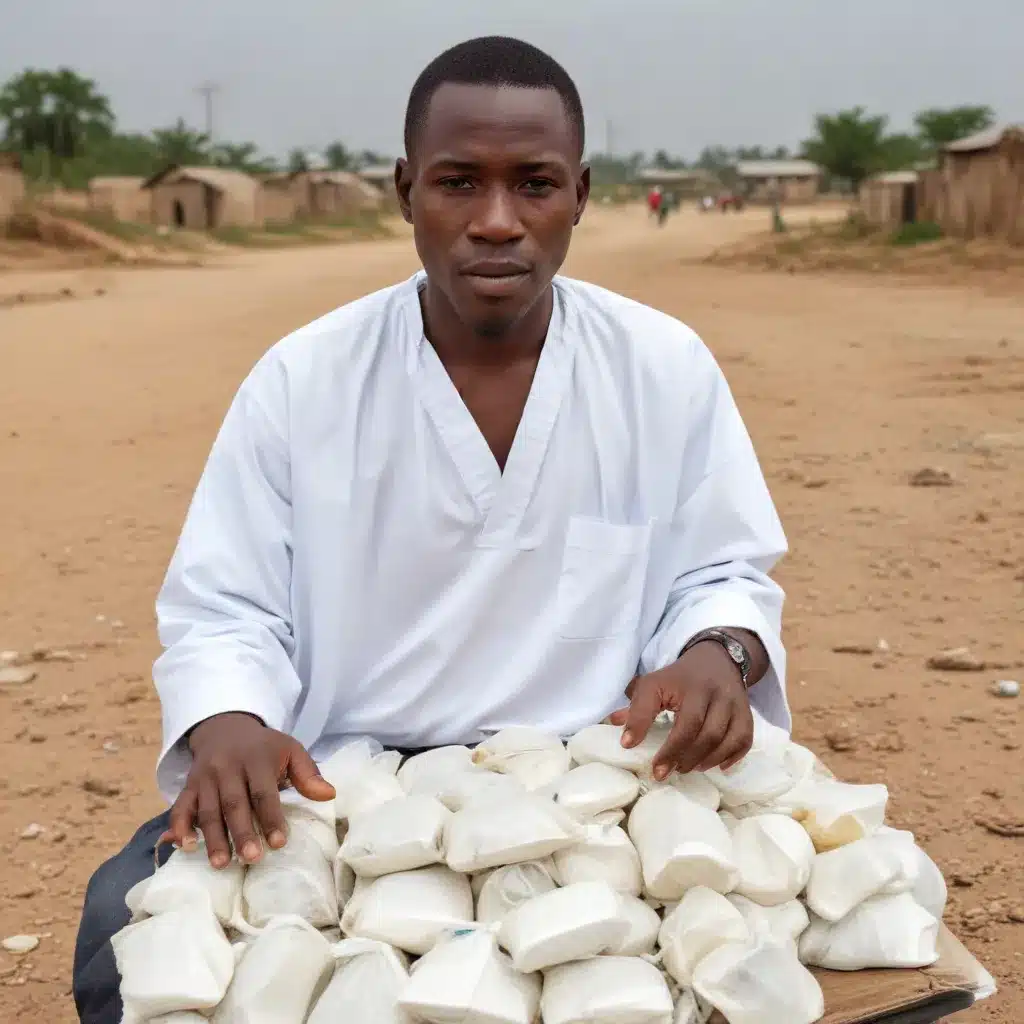
Introduction
Methamphetamine, commonly referred to as “Mkpurummiri” in south-eastern Nigeria, has emerged as a growing concern in the region. This highly addictive and potent stimulant drug has gained increasing accessibility and popularity, especially among adolescents and young adults. Despite the overwhelming evidence of its dire consequences, there has been a lack of comprehensive research to determine the true prevalence of Mkpurummiri use in this area.
This cross-sectional study aims to shed light on the prevalence of Mkpurummiri use, the characteristics of its users, and the control measures perceived to be effective in addressing this pressing issue. By examining the factors associated with Mkpurummiri use, this research will provide valuable insights to inform targeted interventions and policy decisions within the south-eastern Nigerian context.
Prevalence of Mkpurummiri Use
The findings of this study revealed a concerning prevalence of Mkpurummiri use, with 21.8% of the respondents reporting use within the past year. This figure is relatively high, signaling the urgent need for concerted efforts to address the problem.
The high prevalence of Mkpurummiri use in south-eastern Nigeria can be attributed to several factors. The region has witnessed an increase in the availability and accessibility of the drug, with reports of illegal laboratories manufacturing and distributing Mkpurummiri. Additionally, the socioeconomic challenges faced by the local population, such as high unemployment rates, poverty, and the recent fuel subsidy removal, have contributed to the vulnerability of youth to drug use as a coping mechanism.
Characteristics of Mkpurummiri Users
The study delved into the characteristics of Mkpurummiri users, uncovering several concerning trends. The most common reason cited for using the drug was to overcome depression and stress, highlighting the mental health challenges faced by many in the region.
The predominant route of administration was inhalation, with users also reporting other methods such as sniffing and swallowing. The most prevalent characteristic among Mkpurummiri users was aggressive and violent behavior, which can have far-reaching consequences for individuals, families, and communities.
Other notable characteristics include suicidal tendencies, relationship problems, school dropout, absenteeism, poor academic performance, and financial difficulties. These findings underscore the multifaceted impact of Mkpurummiri use on various aspects of the users’ lives.
Control Measures
In addressing the Mkpurummiri epidemic, the study explored the control measures perceived to be effective by the respondents. These measures include:
-
Self-control: The importance of individual willpower and discipline in resisting Mkpurummiri use was emphasized.
-
Parental Monitoring: The role of parents and guardians in closely monitoring and guiding their children was highlighted as a crucial control measure.
-
Drug Education: Providing comprehensive education and awareness campaigns about the dangers of Mkpurummiri use was seen as a vital component in prevention efforts.
-
Legal Control: Strengthening legal frameworks and enforcement to crack down on the production, distribution, and use of Mkpurummiri was also identified as a key control measure.
-
Punitive Measures: Respondents advocated for the adoption of strict punitive measures, similar to those used in addressing cocaine use, to deter the involvement in Mkpurummiri-related activities.
These control measures underscore the need for a multi-pronged approach involving individuals, families, communities, and government agencies to effectively tackle the Mkpurummiri crisis in south-eastern Nigeria.
Predictors of Mkpurummiri Use
The study’s findings also revealed several factors that were associated with an increased likelihood of Mkpurummiri use. These predictors include:
-
Marital Status: Recently married individuals, as well as those who are divorced or in polygamous families, were more likely to use Mkpurummiri compared to those who are never married.
-
Living Arrangements: Students residing in on-campus hostels were more prone to Mkpurummiri use than those living off-campus or with their families.
-
Religious Affiliation: Individuals who identify with traditional religious practices were more likely to use Mkpurummiri than those who are Christian or Muslim.
These insights underscore the complex socio-cultural and environmental factors that contribute to the prevalence of Mkpurummiri use in the region, highlighting the need for tailored interventions that address the specific vulnerabilities of different demographic groups.
Conclusion and Recommendations
The findings of this study emphasize the urgent need to address the growing prevalence of Mkpurummiri use in south-eastern Nigeria. The high rates of use, coupled with the devastating characteristics and predictors identified, call for a comprehensive and coordinated response from various stakeholders.
To effectively combat the Mkpurummiri crisis, the researchers recommend the following:
-
Strengthening Legislation and Enforcement: Policymakers and law enforcement agencies should collaborate to develop and enforce stringent laws and regulations targeting the production, distribution, and use of Mkpurummiri, similar to the approach used for cocaine.
-
Comprehensive Prevention and Rehabilitation Programs: Comprehensive educational programs, community-based interventions, and accessible rehabilitation services should be implemented to address the root causes of Mkpurummiri use and provide effective support for those struggling with addiction.
-
Targeted Interventions for Vulnerable Groups: Tailored programs and support systems should be developed to address the specific needs and vulnerabilities of high-risk groups, such as those in marital crises, living in on-campus hostels, and affiliated with traditional religious practices.
-
Collaborative Efforts: Effective cooperation and coordination among government agencies, community stakeholders, religious bodies, and educational institutions are crucial to implementing a comprehensive and cohesive response to the Mkpurummiri epidemic.
By addressing the prevalence, characteristics, and predictors of Mkpurummiri use in south-eastern Nigeria, this study provides a crucial foundation for developing evidence-based, multifaceted strategies to tackle this growing public health challenge. Through concerted efforts and a sustained commitment to prevention, intervention, and rehabilitation, the south-eastern Nigerian community can work towards mitigating the devastating impact of Mkpurummiri and reclaiming the health and well-being of its youth.
For more information and resources on addressing substance abuse issues, please visit the Stanley Park High School website.

